Steph W. from SEOPressor


...help you check your website and tell you exactly how to rank higher?


79
score %
SEO Score

Found us from search engine?
We rank high, you can too.
SEOPressor helps you to optimize your on-page SEO for higher & improved search ranking.
By allysa on August 5, 2015
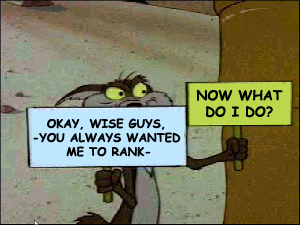
So you’ve got all your SEO efforts in place. You got ranked and traffic is pouring in. But then what? Most online marketers and bloggers focus all of their attention on ways to boost traffic to their website through the use of social media marketing, SEO and content marketing. There’s nothing wrong with this – in fact, these strategies are all necessary for your company to both succeed and grow.
Unfortunately, they don’t put nearly as much time and effort into their visitors once they have actually made it to their website. This is a big mistake, since there’s really no point in boosting your web traffic if the visitors coming to your page are leaving right away never to return.
Not only does this hurt your ability to capture leads and convert them into customers, it can actually hurt your SEO efforts as well.
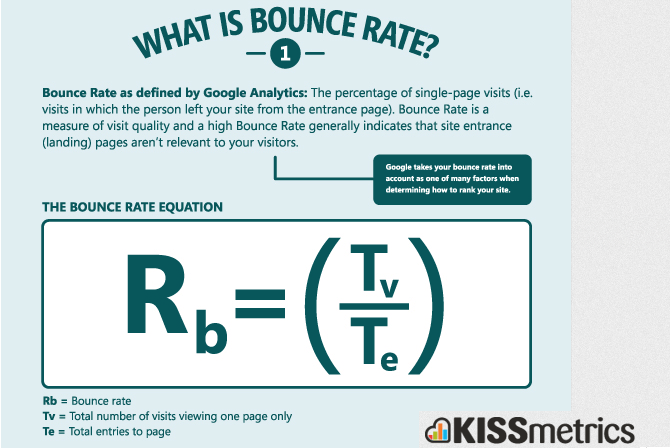
High bounce rate coupled with low dwell time is not a good sign.
Google takes into account the dwell time of a page as a factor in determining your page ranking. The dwell time consists of several metrics, including the bounce rate, the session duration and the click through rate of a page. Google uses the dwell time as part of its freshness algorithm, which helps Google figure out whether your content is fresh or stale.
Related Links:
So if you’re drawing thousands of visitors to your website because of your strong SEO efforts but aren’t keeping them there, your page ranking will actually go down, which ends up hurting your search engine ranking, thereby reducing your traffic in the end.
Fortunately, there are plenty of strategies that you can use in order to keep visitors from leaving. There are also a number of things that you should avoid doing to make visitors stay on your website longer.
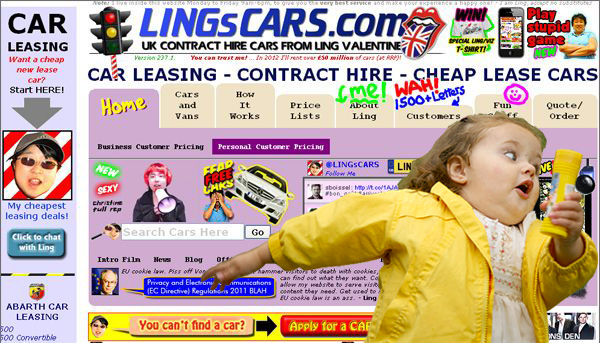
It’s not always a lack of good content that is making your visitors leave your website. The following are some of the common mistakes that result in a high bounce rate and therefore a low dwell time:
First of all, the first thing your visitors see should not be an ad. Try to avoid using pop-up ads if possible as they cover the content that your visitors came to your site to read in the first place. Also, make sure you don’t use ads that take up more space than your content.
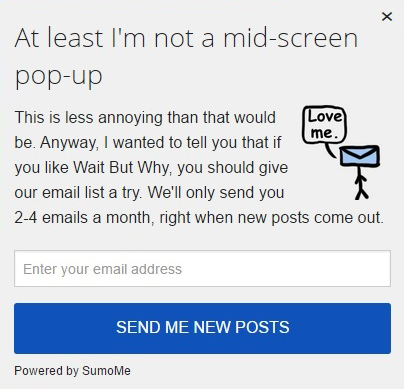
The least you can do is make the pop-up less annoying.
I know that pop-ups can be very beneficial to get conversion. If you need to include them, limit pop-ups to only be displayed once per session or give them value such as downloadable freebies to make them less annoying.

Unless you’re THE absolute source of exclusive breaking news found nowhere else, it’s best to stay away from this one.

Most of the time users won’t even bother to find ways to pause an audio and just simply close the tab.
If for some reason you find it absolutely necessary to play audio automatically as soon as a visitor arrives to your page, at the very least you should provide an option to pause or mute the audio after three seconds.
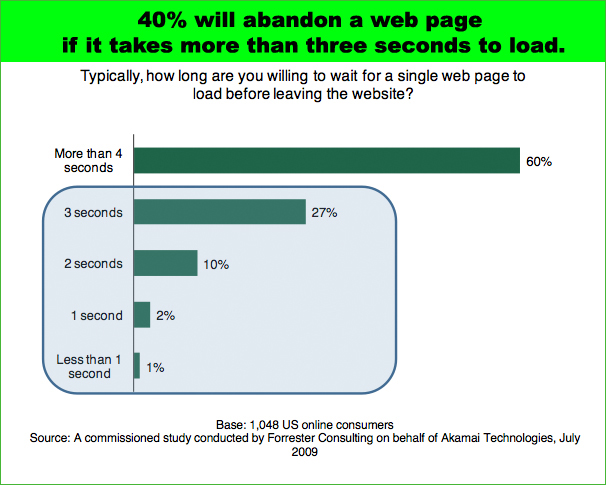
This fraction of a delay gives users a moment to focus on their train of thought while still giving them the feeling that they can navigate your website freely. Also keep in mind that around 47 percent of your visitors will expect your website to load within two seconds, so you have a little bit of leeway. However, roughly 40 percent of your visitors will leave your website if it takes more than three seconds for a page to load.
Sometimes the date of your most current blog post isn’t even the telling factor – sometimes its the subject matter. If your most current blog is about saving money during the winter holidays and it’s the middle of July, your content is obviously old and stale.
Now that you know what mistakes to avoid in order to keep your bounce rate low, it’s time to go over some strategies that will help keep visitors on-site longer in order to increase your dwell time, thereby giving you a better chance at converting your leads.
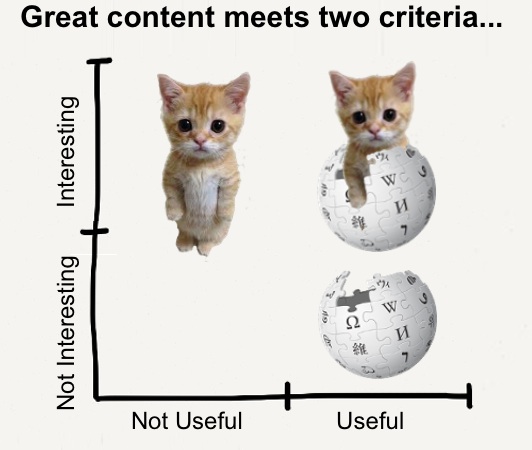
Useful is good. Useful AND interesting? Now that’s great!
Try to avoid just writing promotional content. Remember that your content doesn’t have to be dry, encyclopedia-like articles. Your content should be entertaining to keep the interest of your visitors, so be conversational and funny when appropriate. Vary your content as well – use photographs, videos, infographics, quizzes, compilations and more.
This is an excellent way to incite discussions amongst your readers. You may even want to consider asking your readers to share their opinions towards the end of your blog posts. In addition to allowing them to comment on your blog, adding a public forum to your website can be a great way to build a community around your brand, thereby letting visitors ask questions and enter discussions with other like-minded visitors.

Allowing readers to voice their point of view tells them that they also matter.
You can even jump into the discussions and offer advice or ask questions. Engagement like this not only helps keep visitors on your website longer, it helps you build a stronger relationship with them, thereby increasing brand trust.
For example, you may have a blog post about carpet cleaning tips. Somewhere within that post, you may use anchor text to direct the reader to one of your cleaning products on your e-commerce page. If it’s relevant to the content, then it will strengthen your user experience.

Like Moz’s iconic Whiteboard Friday
Slideshows are also a great way to make list content more presentable and interesting to go through and they require visitors to click through them, thereby making the content more interactive and engaging.
While you should still focus on boosting your website’s traffic, make sure that you use these tips in order to reduce your bounce rate and improve your dwell time. A high bounce rate means that you are doing something wrong on your website that’s resulting in the loss of a substantial amount of leads.
A low dwell time means that you aren’t connecting with your visitors, which means you probably aren’t converting a very high percentage of your leads. A low dwell time will also damage your page ranking, which in turn will hurt your SEO efforts. So make sure that you are doing what you can to make visitors stay on your website longer.
Related Links:
Updated: 22 December 2025


Save thousands of dollars (it’s 100x cheaper)

Zero risk of Google penalty (it’s Google-approved)

Boost your rankings (proven by case studies)
Rank High With This Link Strategy
Precise, Simplified, Fast Internal Linking.
